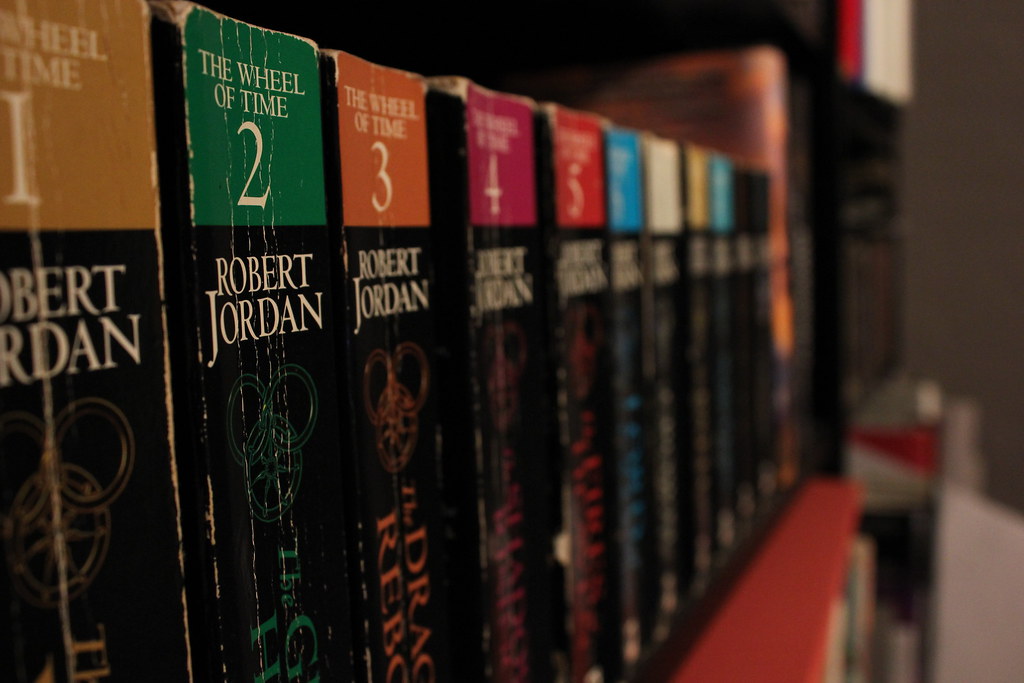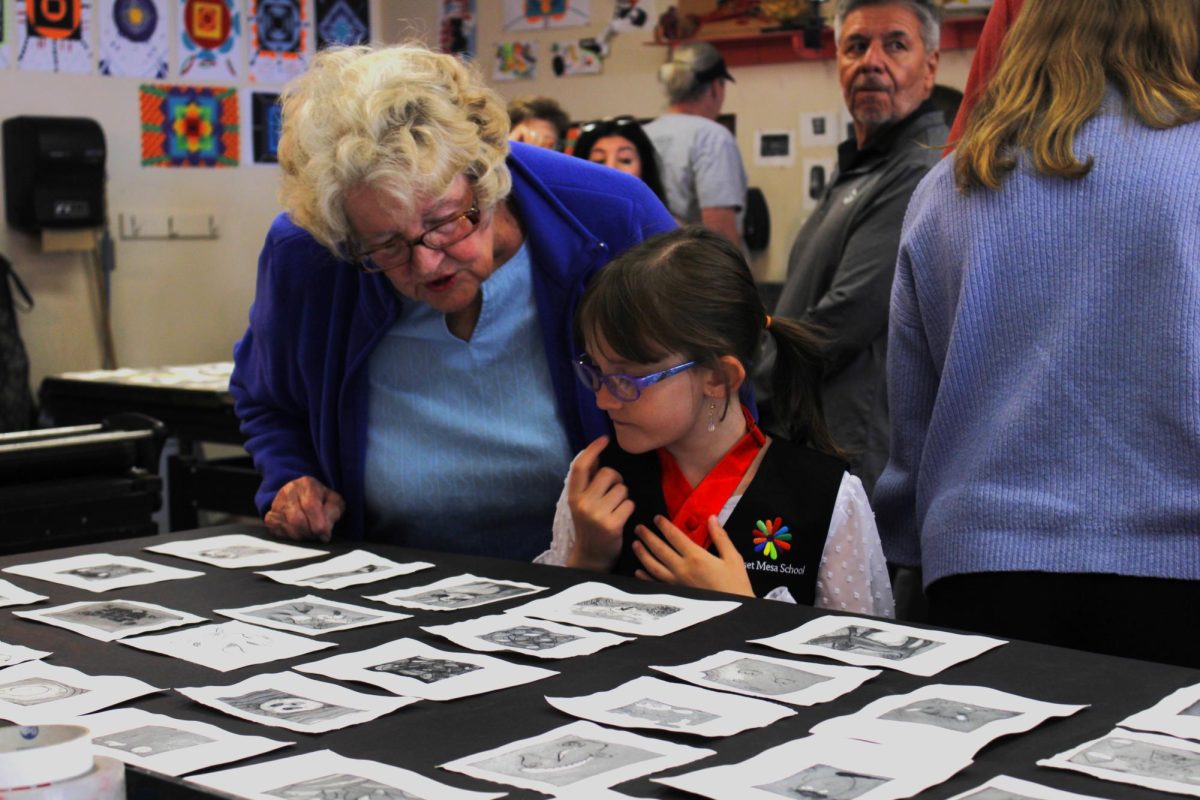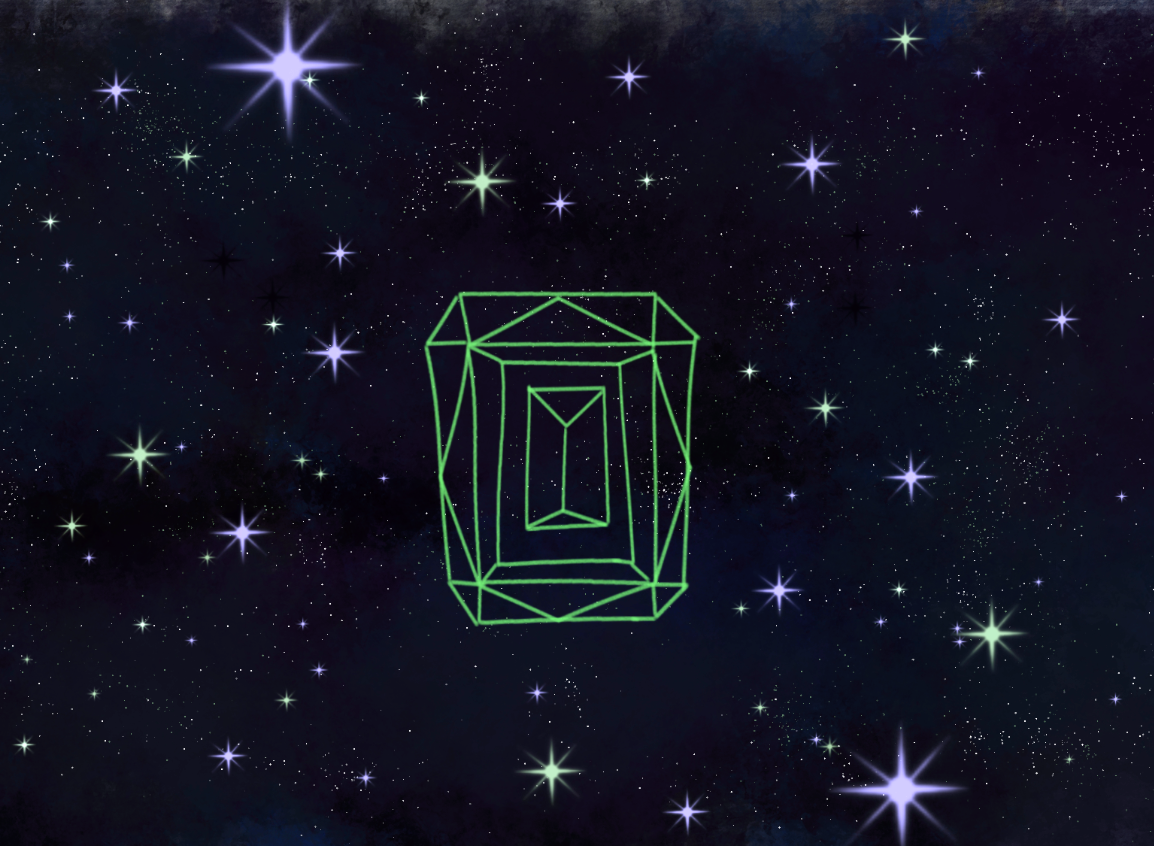As the Wheel of Time turns, a wind blows through the Mountain’s of Mist, to a village called Emond’s Field in the Two Rivers. There begins a tale of adventure and hardship. In the “Wheel of Time” by Robert Jordan, five young people are forced to leave their home after the disastrous Winternight festival turns their world upside down. As the characters grow, what was initially planned to be an adventure trilogy becomes a sprawling political fantasy with time itself at stake.
Robert Jordan, born on October 17, 1948, always had a love for writing and history. From 1970 to 1974, after fighting in Vietnam, Jordan devoted himself to obtaining a physics degree at The Citadel in South Carolina. It was only in 1977 that he fully embraced his love of writing while on bedrest after getting his knee reconstructed. He became one of the many writers in the “Conan the Barbarian” series. In 1990, he published the first book in the “Wheel of Time” series, “The Eye of the World.” It is assumed that the “Wheel of Time” was originally planned to be a trilogy as it could have reached a stopping point at the end of book three, “The Dragon Reborn,” and be remembered as little more than another Tolkien inspired fantasy series. However, it expanded far beyond that, reaching an astonishing 14 books and 4,410,036 words. From 1998 to 2003, at the time of books eight to ten, many were concerned about whether Robert Jordan would ever finish the story as the rate of publication was slowing and some of the books did little to further the plot. In 2005, he made a strong recovery with book 11, “Knife of Dreams,” which was Robert Jordan’s last book as he passed on September 16, 2007. After his death, his widow sought out his fellow fantasy author, Brandon Sanderson, who would finish the last three books of the series in his name.
One outstanding thing that sets the “Wheel of Time” apart from other epic fantasy series is the scope of its worldbuilding. Most fantasy settings are well thought-out, but in the “Wheel of Time” there is extensive information on every culture that’s mentioned, even the ones we hardly see. Almost every time the characters move from one place to another, in the massive world, they learn of new cultures and subcultures, as well as their view of the prophecy surrounding the “Dragon Reborn”, one of the main driving forces of the story. This amount of information can be overwhelming for some readers, however, as a lot of the plot hinges on the understanding of the world. If you cannot remember one of the 15+ cultures and the politics surrounding them, then you may struggle to understand many of the story beats, especially in the later books which are almost entirely political. Thankfully, Robert Jordan included a dictionary of terms in the back of every book as well as a map. If you have an understanding of the world, the story becomes even more immersive. Another large criticism of Jordan’s writing is that he takes too much time to describe things, but in my opinion it is his descriptions that provide such a vivid view of this incredibly large realm.
The series also has an incredibly complex magic system. Initially, it might seem like magic is only a simple, gender-divided power called the One Power, that is only available to those who are strong enough to wield and they can manipulate however they please. Sadly, most knowledge of The Power was lost in the previous age, the Age of Legends. As the characters learn more about The Power so do the audience. Being able to discover lost knowledge alongside the cast is part of what makes the “Wheel of Time” such a fun reading experience.
The cast of the “Wheel of Time,” regardless of their cultures and subcultures, is divided into two primary factions, The Dark and The Light. The Dark consists of those who follow the Dark One, a blight unleashed on the world in the previous age. From the beginning, Jordan makes it clear that those who follow the Dark are the enemies of those who walk in the Light. In the “Wheel of Time,” the opposition most often comes from those who are on the same side. Jordan was not afraid to make his characters, even some of the main protagonists, unlikeable. Often, they come across as stubborn and arrogant people with their own goals and motivations. During my first readthrough, there was not a single character I did not wish to shake at least once. This, in my opinion, makes them far more realistic as there’s no way everyone can get along all the time even if they are on the same side. Still, I think that the story could have benefited from fewer communication issues. At its heart, the “Wheel of Time” is about union. In order to face the Dark at Tarmon Gaidon (The Last Battle), the Light must settle the differences amongst themselves and stand together on that final day.
The story of the “Wheel of Time” does not have a conclusive beginning or end. It is merely a moment taken from a single age. Even if the Dark One is defeated, he will return and the forces of the light will once again have to fight. As long as the light continues to fight, the Dark One will not obtain victory in any age and the “Wheel of Time” will not be crushed, dooming every age to an endless darkness. With the summer approaching, many of us will have more time than we know what to do with. For lovers of fantasy, there is not a book series that I could recommend more.









Chareen L • Jun 9, 2024 at 11:48 am
The best fantasy book series ever. Too bad they changed everything in the series.